Omodos
Perhaps the most popular village in Cyprus
Omodos is a village in the Limassol province, which is about 42 km from the city.
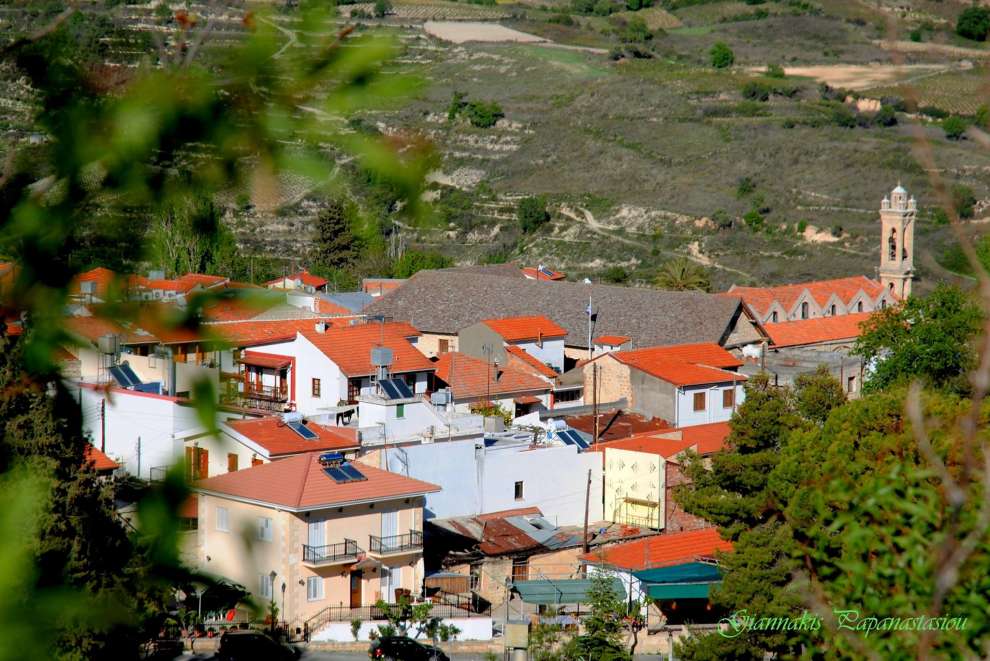 Photo: Giannakis Papanastasiou
Photo: Giannakis Papanastasiou
From the transport point of view, Omodos is connected to the northeast with the village of Mandria, to the south with the village of Potamiou and to the southwest with the villages of Vasa Koilianiou and Malia.
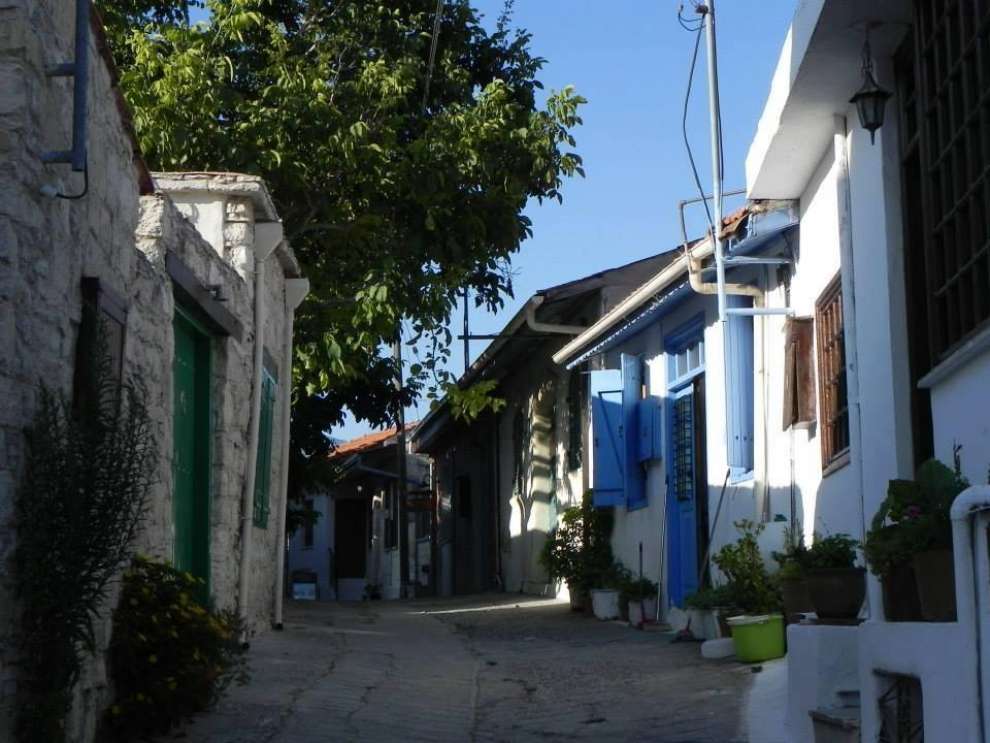 Photo: Χωριά της Κύπρου - Villages of Cyprus
Photo: Χωριά της Κύπρου - Villages of Cyprus
The Name of the Village:
There are many versions of how Omodos got its name. Three of these, are the most prevalent.
According to the first version the name comes from the Cypriot word "modos" which means "carefully". This is connected with the fact that the inhabitants of Koupetra saw a light shining from the opposite mountain and they went to see what was going on. They saw that the light was coming from within dense bush, through which they had to cut their way through. As they did so, they would warn each other to be careful, using the word ‘modos.’ Eventually, they found a cave with a wooden cross and a lit candle inside.
A second version states that because the village is a starting point for many roads that lead to the surrounding villages, the village got its name from the adverb ‘omou’ (together) and the word ‘odos’ (street), forming the name Omodos.
Finally, a third version states the village was named after the feudal lord Homodeus, who, according to the Frankish documents, lived in the area.
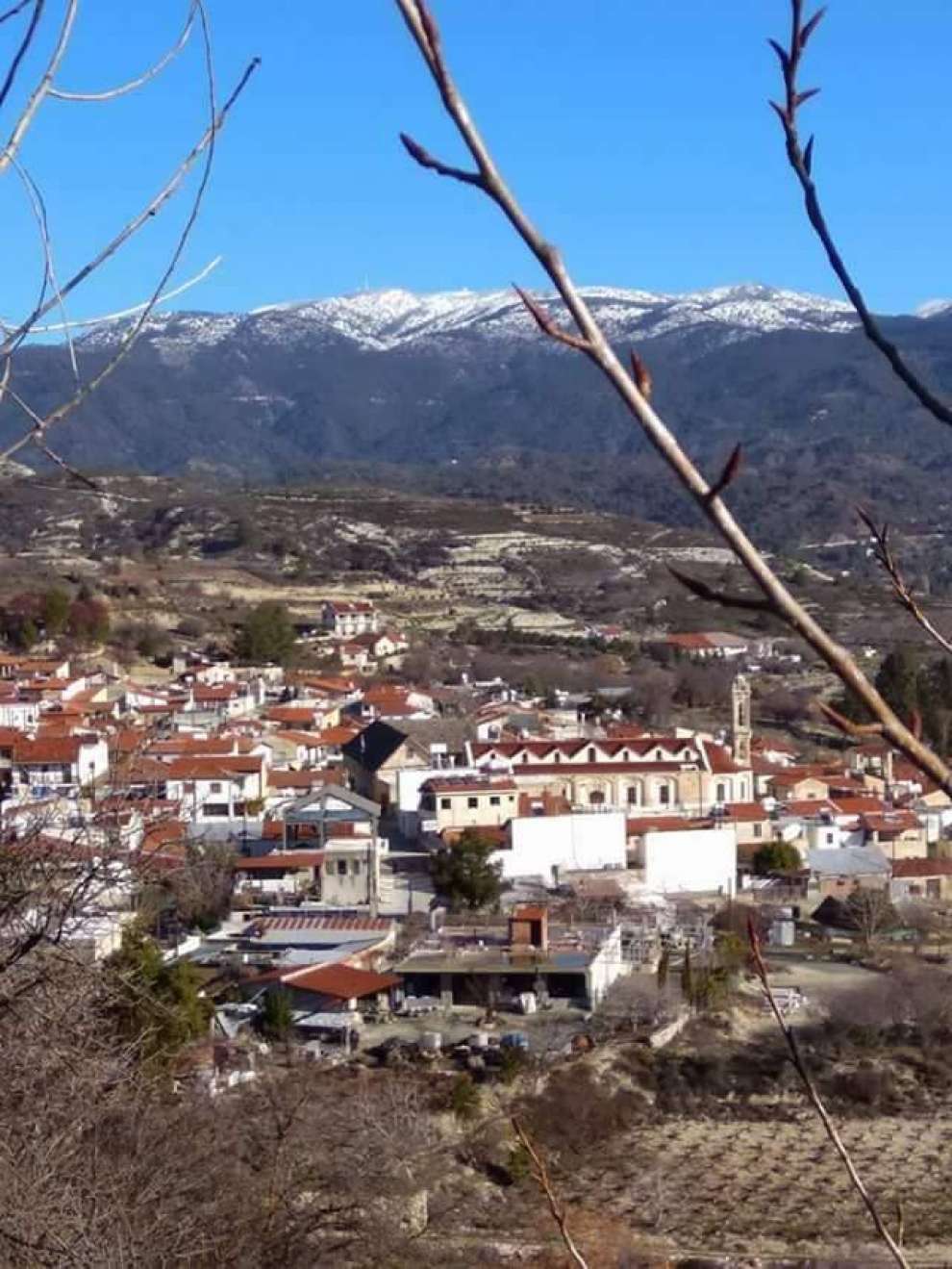 Photo: Πανίκος Θεοφάνους
Photo: Πανίκος Θεοφάνους
Historical data:
The village of Omodos is believed to have been founded during the Byzantine period or early Frankish rule, following the dissolution of the settlements of Pano and Kato Koupetra, a new settlement was created around the original monastery of the Holy Cross, which was named Omodos.
According to De Mas Latri, the village existed during the Frankish period as a feud. The medieval chronicler, Leontios Machairas, reports that Omodos had been bestowed to nobleman Jean de Brie by the king of Cyprus, Jacob I, on the occasion of his election in 1382. Omodos is marked on old maps as Homodos, Homocios and Omodos.
It is noteworthy, however, that within and around the village, ancient objects were found that show that the area was inhabited in antiquity and even from Prehistoric times.
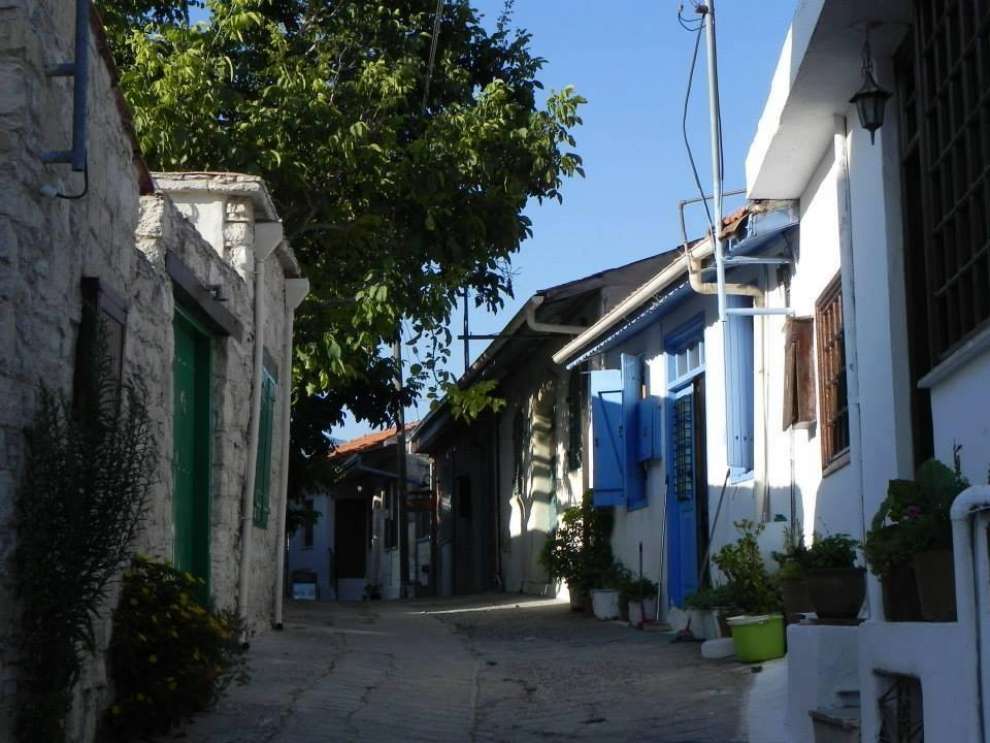 Photo: Χωριά της Κύπρου - Villages of Cyprus
Photo: Χωριά της Κύπρου - Villages of Cyprus
Sights and Churches:
Within a short distance from the Monastery of Timios Stavros Komodos, there is the Linos (grape press) which in the old days was used for grape spinning and wine production and it is housed in a stone-built room. Inside, you will see all the tools used by the old inhabitants. Today, the Medieval Linos of Omodos has been declared an ancient monument and it is the property of the Department of Antiquities.
Omodos Square, with its picturesque narrow streets, is probably the largest in Cyprus and dates back to 1910. It is surrounded by beautiful traditional houses with picturesque balconies and framed by tall, proud sycamore trees, making it ideal for walks, shopping and dining, all year round. The majestic and historic Monastery of the Holy Cross is located at the top of the square.
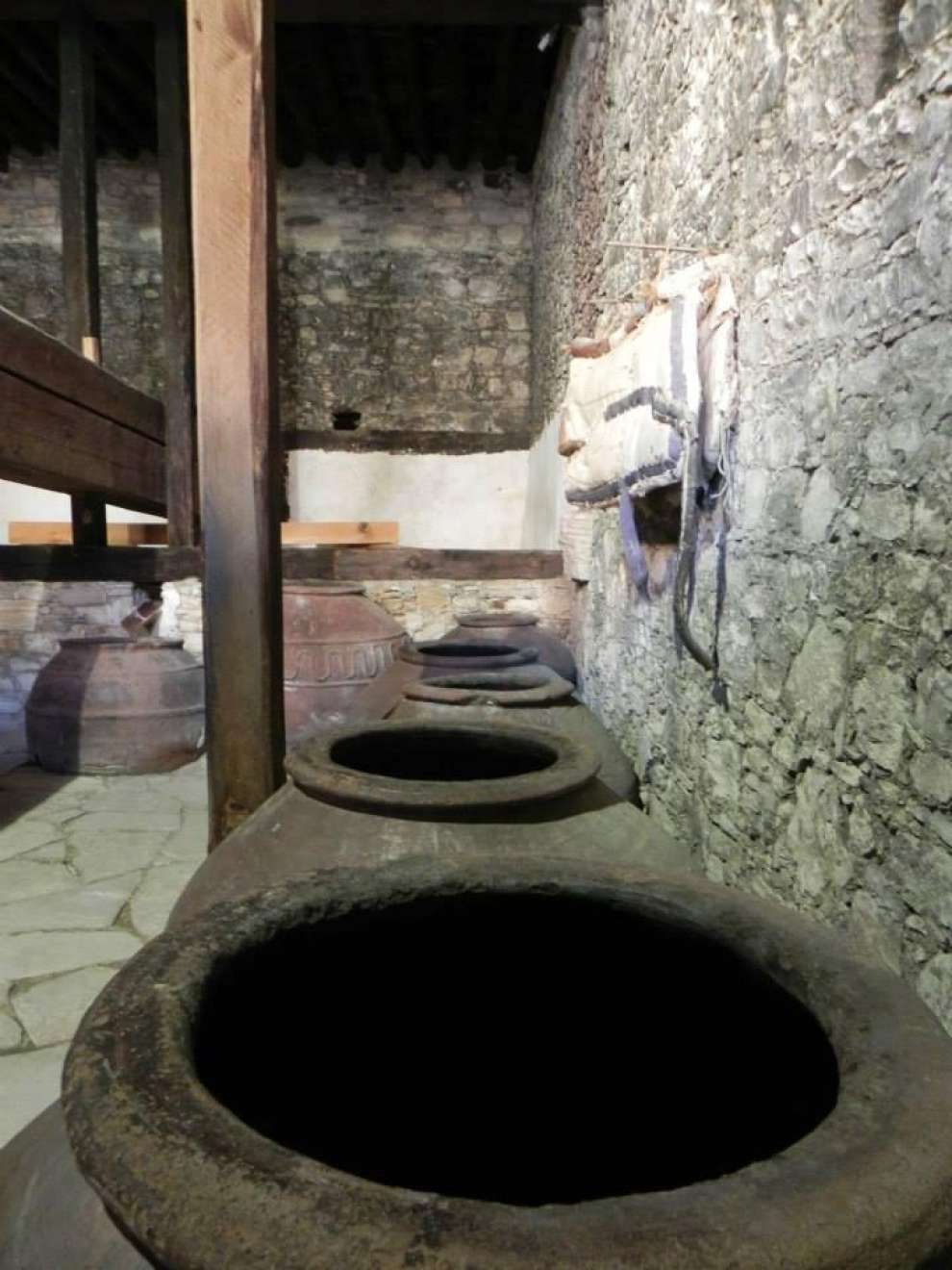 Photo: Χωριά της Κύπρου - Villages of Cyprus
Photo: Χωριά της Κύπρου - Villages of Cyprus
Arriving at Omodos it is worth visiting the chapel of the Apostle Philip, which is the oldest of all the chapels in Omodos and it is located in the ‘Pente Litharia’ area of the village. It is speculated that in ancient times this chapel was once an altar to the Greek god Apollo, this is because there is a large ancient laurel tree next to the chapel. It is worth mentioning that this chapel was renovated in 1773.
The Monastery of the Holy Cross, stands in the centre of the village and it is one of the oldest and most historic monasteries of the island. There are museums built in the renovated halls within the Monastery.
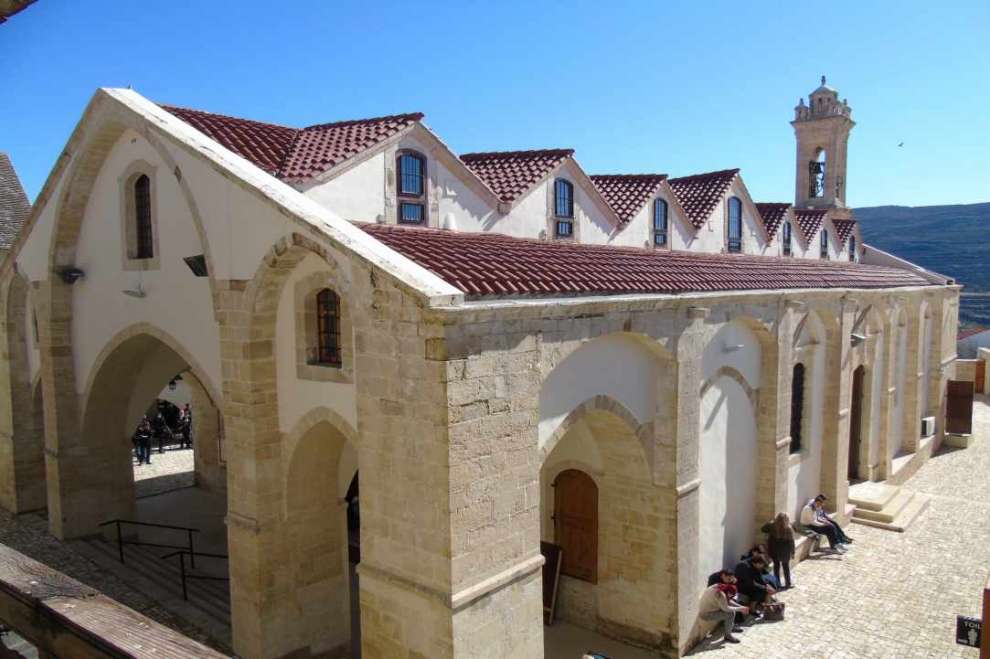
In addition there are three other churches in Omodos: The chapel of Agios Spyridon in the south of the village built in 1971-1982. The chapel of Agia Paraskevi, which was ruined and renovated on August 27, 1976. And the chapel of Prophet Elias built in the northwest of the village.
Finally, there are several hideouts from the nation's liberation struggles in the area that are worth visiting.
Population:
The Omodos community has over the years had several fluctuations in its population. More specifically, in 1881 it numbered 572 inhabitants, which gradually increased and in 1946 nearly doubled to 1,006. In 1960 there was a small decrease to 942. Since 1973 it had 762 and started declining rapidly to reach only 322 in 2011.
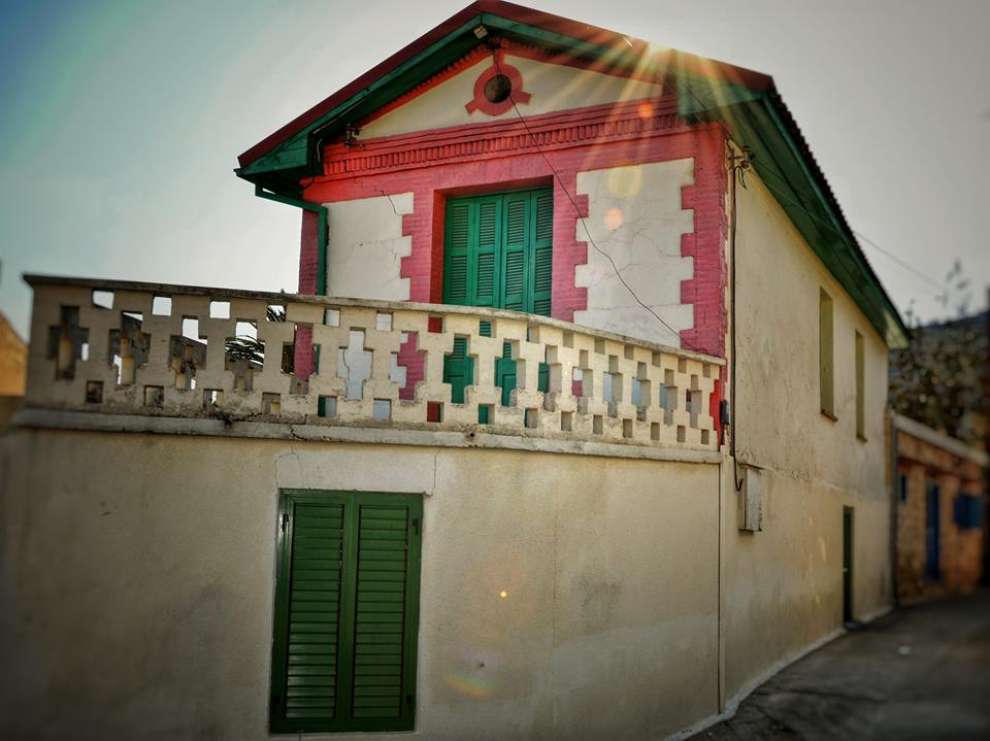 Photo: Andreas Triantafyllou
Photo: Andreas Triantafyllou
Crops and products:
Cyprus has been known since antiquity for vineyards and the production of good wines. A traditional example of this is Omodos, which from ancient times is famous for its fine grapes and its delicious wines.
Various fruit trees such as apples, plums, pears, peach trees and plum trees are also grown in the area, and there are several uncultivated areas where wild vegetation thrives.
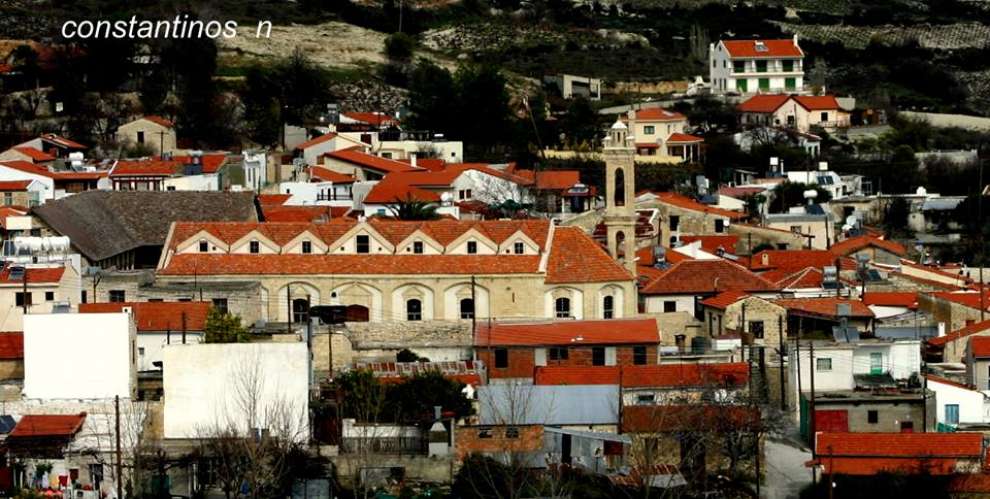 Photo: Constantinos Neophytou
Photo: Constantinos Neophytou
For the map of the area, click HERE

 English
English
 Ελληνικά
Ελληνικά Русский
Русский
















